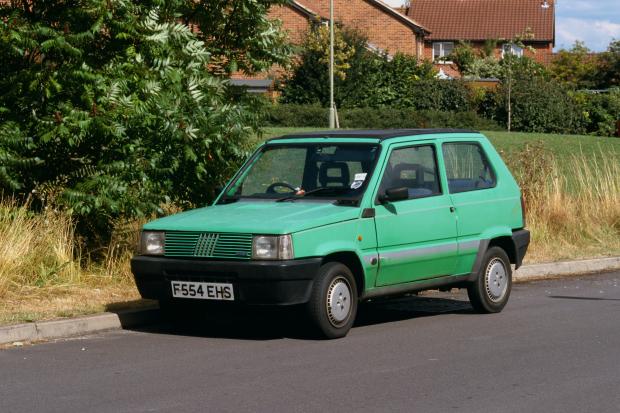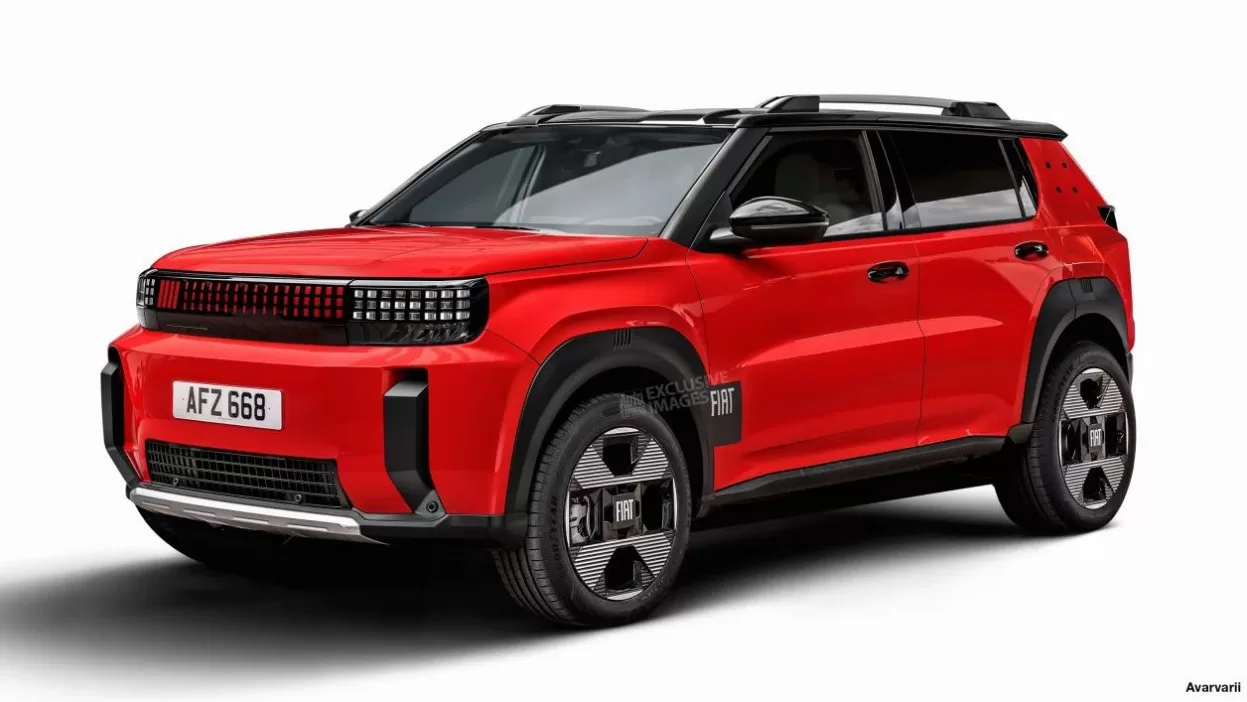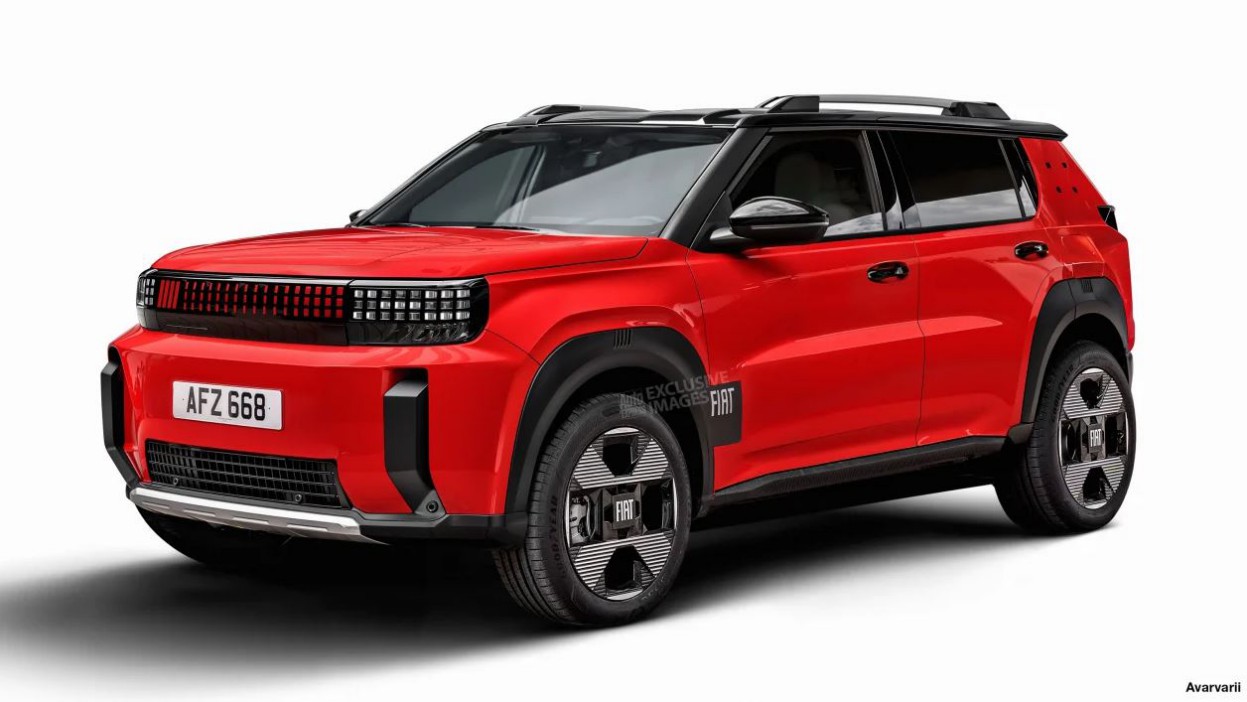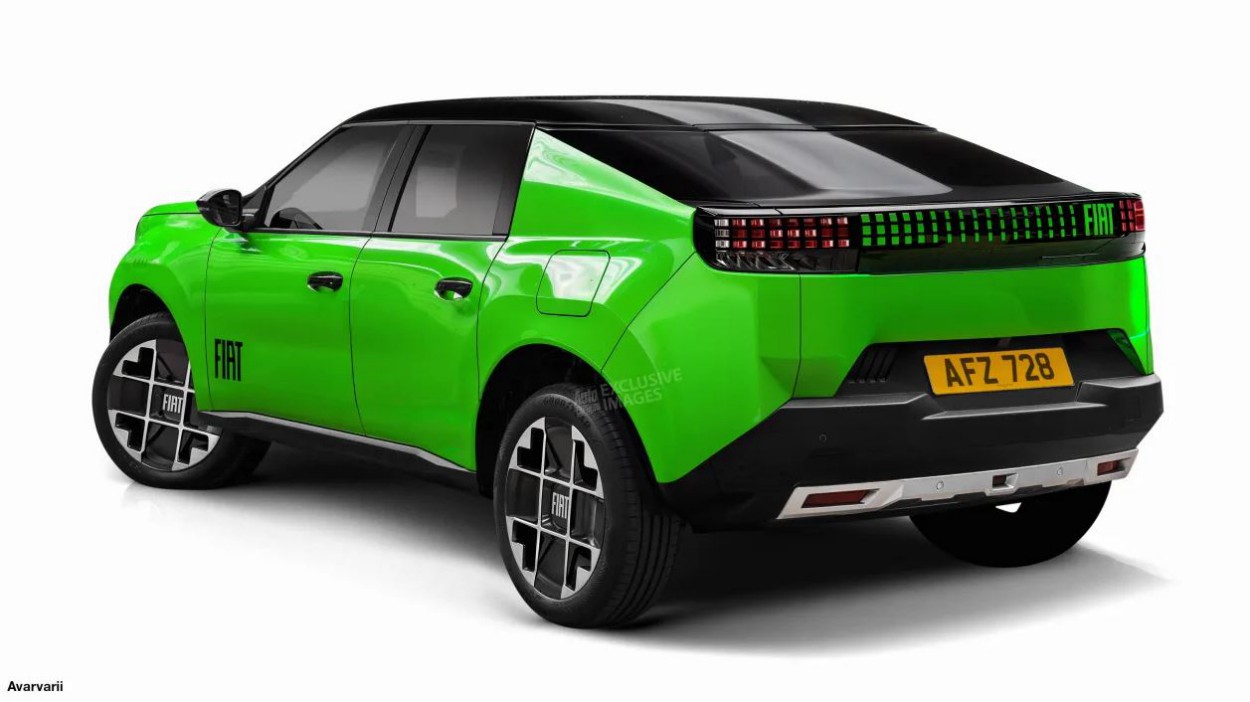ONE of Britain’s best-selling motors will be rivalled by an upcoming Fiat model when the affordable SUV hits the market.
Italian manufacturers Fiat are launching two mid-size SUVs that will battle popular models such as the Nissan Qashqai and Hyundai Tucson.
Fiat is aiming to offer variations on the compact SUV format that has proven so popular across Europe in the past decade.
At Fiat’s 125th anniversary event, brand CEO Olivier François confirmed that his team is working on returning to the C-segment with two, “affordable, spacious and desirable” new models.
The two motors will take the form of a traditional boxy SUV and a more rakish “fastback” coupé-SUV.
Timelines for the new Fiat models have yet to be confirmed, but we could see one, if not both, revealed in full by the end of this year.
Mr François said: “A station wagon [estate] is iconic for Fiat in Italy, but we know that’s not what buyers [elsewhere] want.
“Instead, we’re going to build utility vehicles, because that’s what we know people want.”
The first, more traditional SUV model will feature the usual off-roader design cues that are so popular with customers.
This will include the use of contrast-coloured plastic wheelarch surrounds, roof rails and chunky, rugged front and rear bumpers.
A combination of round wheel arches with squared-off surrounds is expected, reports Auto Express.
Meanwhile, the fastback will share many fundamental design themes with its sister model, but will also feature a more aggressive, sloping roofline and sleeker side glass.
There is expected to be less contrasting black plastic and instead greater use of body-coloured or contrast-coloured painted elements.
In both cases, the nose will be dominated by clever LED lighting for the headlights and even the possible use of an illuminated Fiat logo.
Combustion-engined versions are likely to use a 1.2-litre three-cylinder hybrid powertrain, complete with a six-speed automatic gearbox.
And the electric models should feature at least a 111bhp front-mounted electric motor.
Fiat will extend the wheelbase for both the cars, opening up more rear legroom.
The rear overhang is also expected to grow, giving both SUV and Fastback plenty of floor space.
However, the fastback’s outright boot capacity will be compromised by the sloping roof.
Speaking about the way the two cars will look, François told Auto Express: “They are not Pandas, but ‘Panda inspired’.
Production is expected to start some time in 2025.
It comes after the long-running Fiat Panda model is set to be reinvented into a fully-electric hatchback.
Boasting retro styling and plenty of new tech, the upcoming Grande Panda – which is all set to arrive in 2025 – will replace the current model of the much-loved city car after a 13-year run.
Taking inspiration from the iconic model of the 1980s, Stellantis – who owns Fiat alongside a number of other popular marques including Vauxhall, Peugeot and Alfa Romeo – claim the upcoming Panda will be priced from “less than £22,000”.
However, it will be larger than ever before – hence the name ‘Grande Panda.’
Meanwhile, Audi could discontinue two luxury EV models and may even close their Belgium-based factory where it’s built.
Elsewhere, a number of car brands are preparing to revive iconic nameplates in the coming months – including Ford with the Capri.
History of the Fiat Panda

By Tom Malley
The Fiat Panda has gained a major cult following since its production in 1980 and is considered one of the most affordable cars ever made.
Now in its third generation, it remains the bestselling model in Italy.
Panda I – 1981-1995 (UK)
The first Panda was remarkably simple yet incredibly exciting.
Its box-like appearance, utilitarian dashboard and hammock-like seats were an instant hit with drivers universally.
Originally supplied with a sole four-cylinder, 903cc petrol engine and just one standard trim level, the Panda’s range would expand as the years advanced.
Panda II (2004-2012)
The second generation Panda hit the market in in the UK in 2004 and continued its predecessors legacy of practicality, simplicity and manoeuvrability.
That same year, it won the European Car of the Year award.
Buyers could choose from 1.1-litre and 1.2-litre engines but in 2005 the range grew to a diesel model – Fiat’s 1.3-litre Multijet – and a new Panda 4×4.
Panda III (2012 – present)
Since 2012, the third-generation Panda has been a staple on roads across the world.
Adding plenty of funk into its styling from the previous model, the Panda is dominated by the square-circle hybrid known as a squircle both inside and out.
A 1.2-litre petrol and 1.3-litre diesel engine were carried over, before the 4×4 made its return a year later.
A two-wheel drive model, the Panda City Cross, soon emerged, as did other special editions including the Panda Waze, Panda Antarctica 4×4, the Panda Trussardi and the latest model, the Panda Hybrid.


